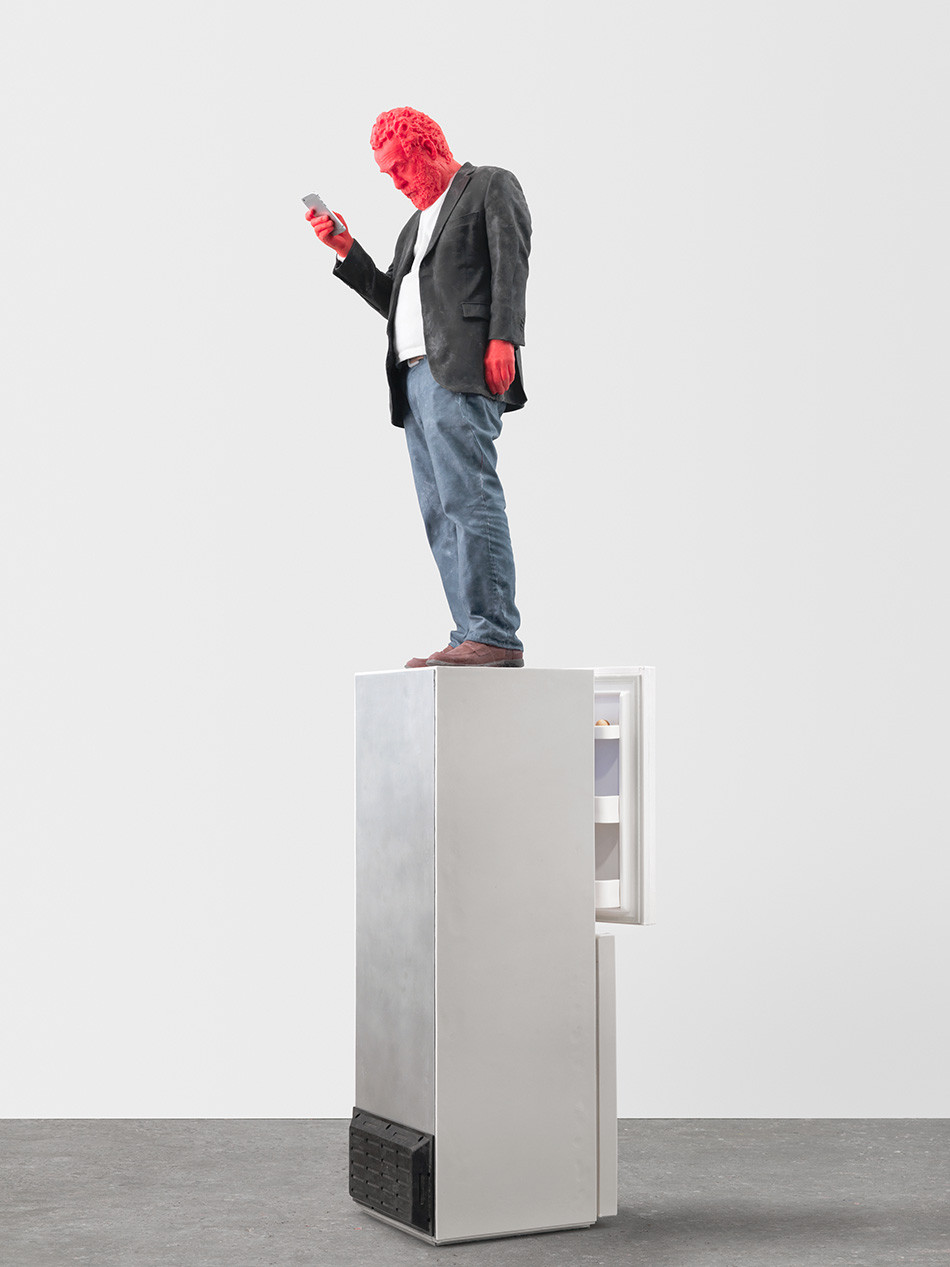[ad_1]
Even as the word “curate” has become commonplace—from curated music playlists to The Curator restaurant at Heathrow Airport, which sells seven kinds of burgers—the actual job of the art curator remains mysterious to many. To help elucidate the profession, curator Francesco Bonami has taken on a new monthly column for ARTnews, in which he will answer our (and your!) questions. Bonami, who is also an artist and writer, knows a fair amount about curating, having organized the emerging-artist-focused Aperto section of the 1993 Venice Biennale, the 2003 Venice Biennale, and the 2010 Whitney Biennial, among other shows. (A Jörg Immendorff survey he put together at the Fondazione Querini Stampalia in Venice is on view through November 24.) He can be found on Instagram at @thebonamist. If you have queries for him for a future column, please write to [email protected]. —The Editors
You hear so much about curators these days. How much power do they really have?
Power is a very strange word. What is power, really? Power is a combination of things. Someone in the right position in the right place in the right gender in the right race at the right moment who meets an artist in the same right places can be extremely powerful. If you look at me in 1993, I included in a small section of the Venice Biennale artists like Charles Ray, Rudolf Stingel, Matthew Barney, Paul McCarthy, Gabriel Orozco, Maurizio Cattelan. Was I powerful or visionary or just a lucky fool? I believe the latter. None of these artists asked me to curate any of their shows in any of the major museum shows they had once at the peak of their career and at their market pinnacle. So there goes the idea of a powerful curator.
You can delude yourself you are powerful, but when circumstances change, you could be very disappointed. Look at Paul Schimmel or Beatrix Ruf. They were considered, and they considered themselves, very powerful … well, things change and support can turn into a callous or cynical attitude. Real power at the end is what changes things in the long, long term. So the real powerful curators are those who have been able to change the exhibition landscape for good. In the end, very few succeeded in that.
Do you tell the truth in studio visits?
I usually don’t speak or ask questions during a studio visit, but when I really don’t like a work, I look at it very closely in every detail, so the artist doesn’t understand how much I can’t stand the work and I don’t create embarrassment. There is no point to trash an artist when you visit the studio. That is like those people who feel good when they treat a restaurant waiter like shit. What is the point? Artists, by the way, don’t like the truth at all. Studio visits create often an awkward and misleading intimacy where the artist’s tendency is interpreting the visitor’s words or gestures for his or her delusional expectations. Rather than tell the truth, I avoid studio visits completely unless I already know and like the work.
Carolyn Christov-Bakargiev has rejected the term “curating” in favor of “drafting.” What do you think what you do should be called?
“Mirror climbing,” to define a vague profession and make it look cooler than it is. So you can call it “sketching” or maybe just “guessing” because that’s what a curator does at the end of the day: guessing if the artists and the exhibitions she or he is doing is the right one in that right moment.
What is the ideal relationship between artist and curator?
Master and butler or patient and shrink or mental-institution ward and insane person. Very rarely within the curatorial process the artist is or remains a friend, since friendship in the art world is subservient to strategies … rightly so. The mixing of personal feelings with personal interests, it never really works. You need to be aware of the roles and difference between a maker of art and a mere facilitator. If you do, the outcome can be successful. If you don’t, it can be disastrous and put in danger an existing friendship. There is this fantasy about artists and curators being part of the same species or kind, which is not true. This is like penguins and seagulls: Both are at a certain level similar and unpleasant, but they are fundamentally different from each other.
Is a curator boyfriend the hottest accessory for 2020?
To be hot, cool, or as I said before, powerful is really a matter of how much you believe in your own fiction. A curator as a boyfriend or girlfriend is hot as long as the person who has this kind of boyfriend or girlfriend is hotter than the curator. The hottest couple in the curatorial world of the ’80s were Tricia Collins and Richard Milazzo, who were not by any means hot at all. They were in fact quite unappealing and yet…
The concept of powerful couples, I confess, annoys me immensely and in certain cases makes me nauseous. Why? Because I can hear the conversations at home and envision the domestic environment transformed into a Pentagon war room where the seating at the last opening dinner is discussed as the positioning of the Navy SEALS on the battlefield.
[ad_2]
Source link

